Breaking bread
Pide, a boat-shaped, sauce-free pizza-lookalike, served with cheese and a variety of toppings, often vegetarian, makes a great casual meal. As does Lahmacun, Turkish pizza, which scores high with its thinner, crispier base, eaten rolled up. Vegetarian toppings sometimes replace the more common spicy ground meat. Other breads locals love to include; the iconic bagel-like, sesame-sprinkled snack called Simit and Açma, designed to be a fluffier brioche-bun. Both can be picked off the streets from old-world red carts to nibble on along breezy walks. Another popular option to sample is the Gozeleme (‘pancake’). Resembling a quesadilla or Indian parantha, its thinly hand-rolled dough is stuffed with cheese, spinach or potato and cooked over a griddle to be enjoyed sizzling hot. Of course, you can’t discount the importance of the many drool-worthy salad-filled pitas or the chewy roti-like nans accompanying kebab platters.

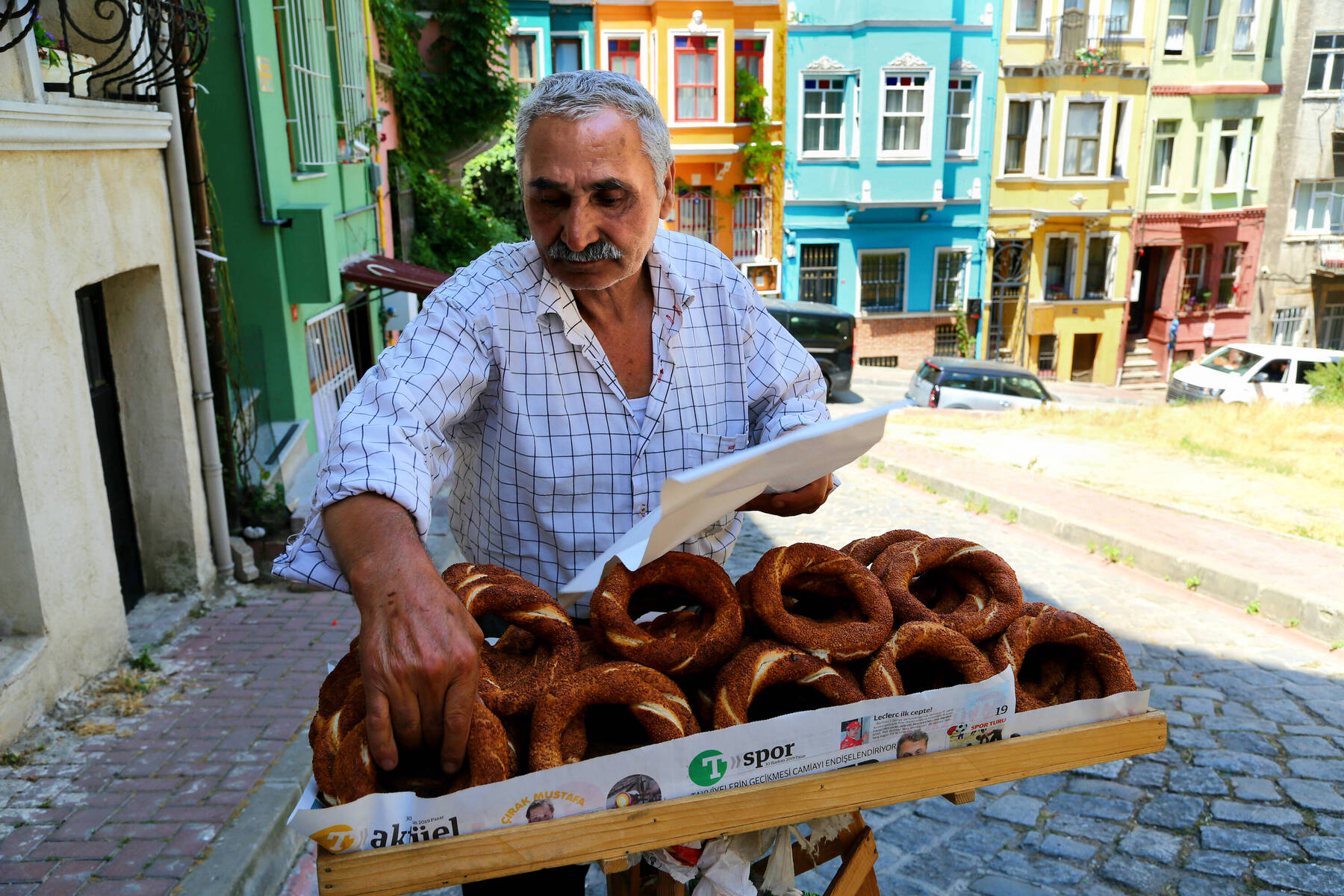
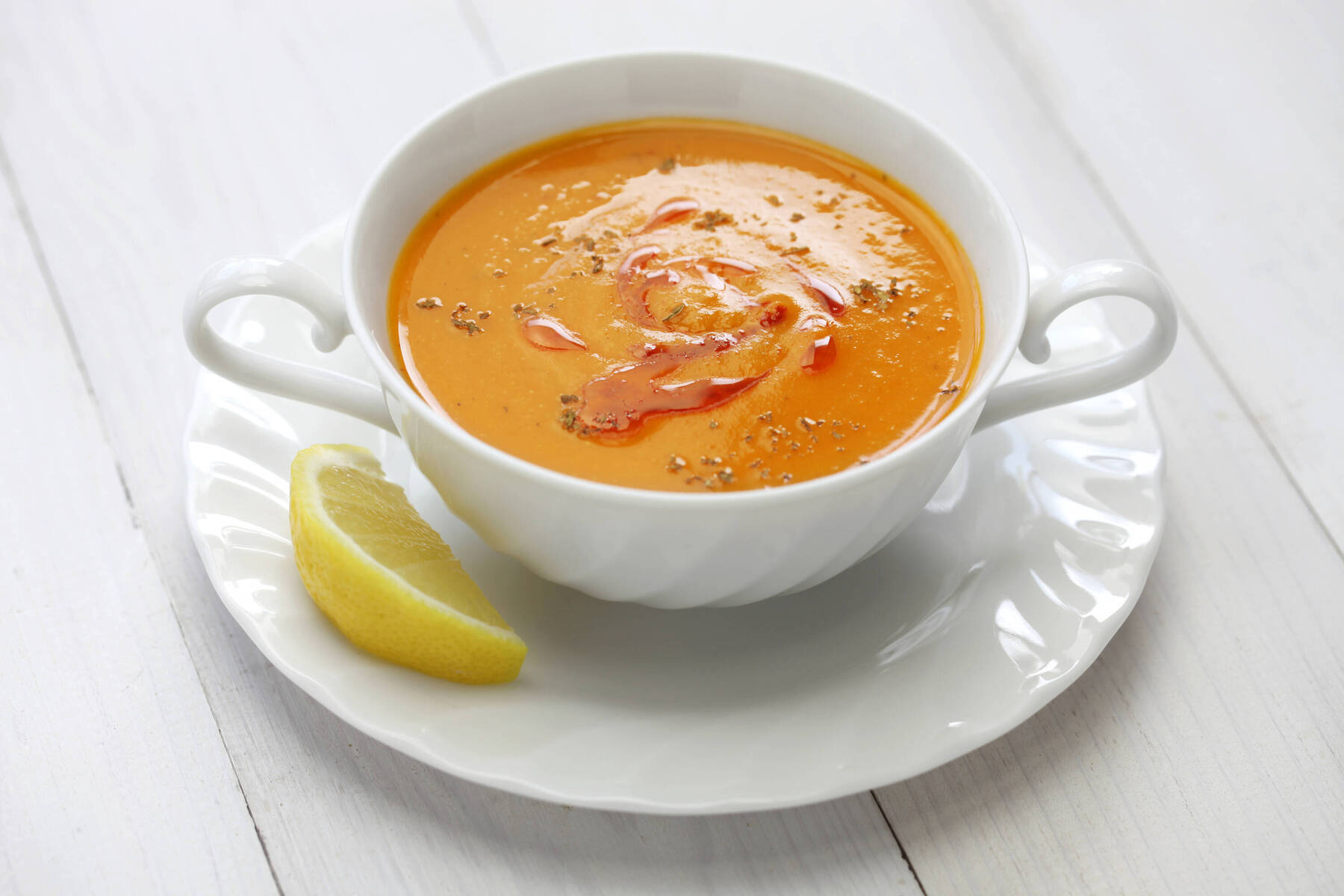
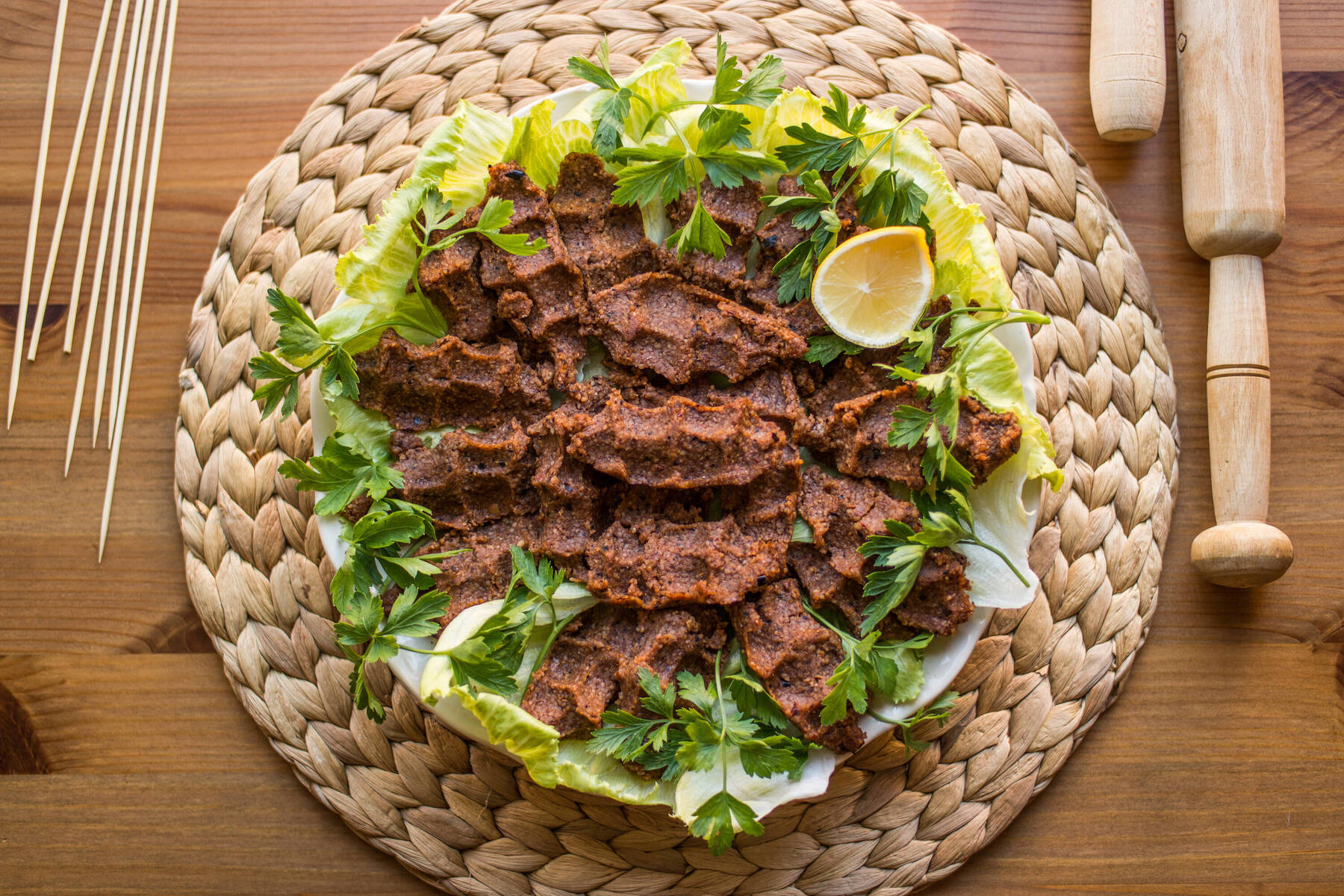
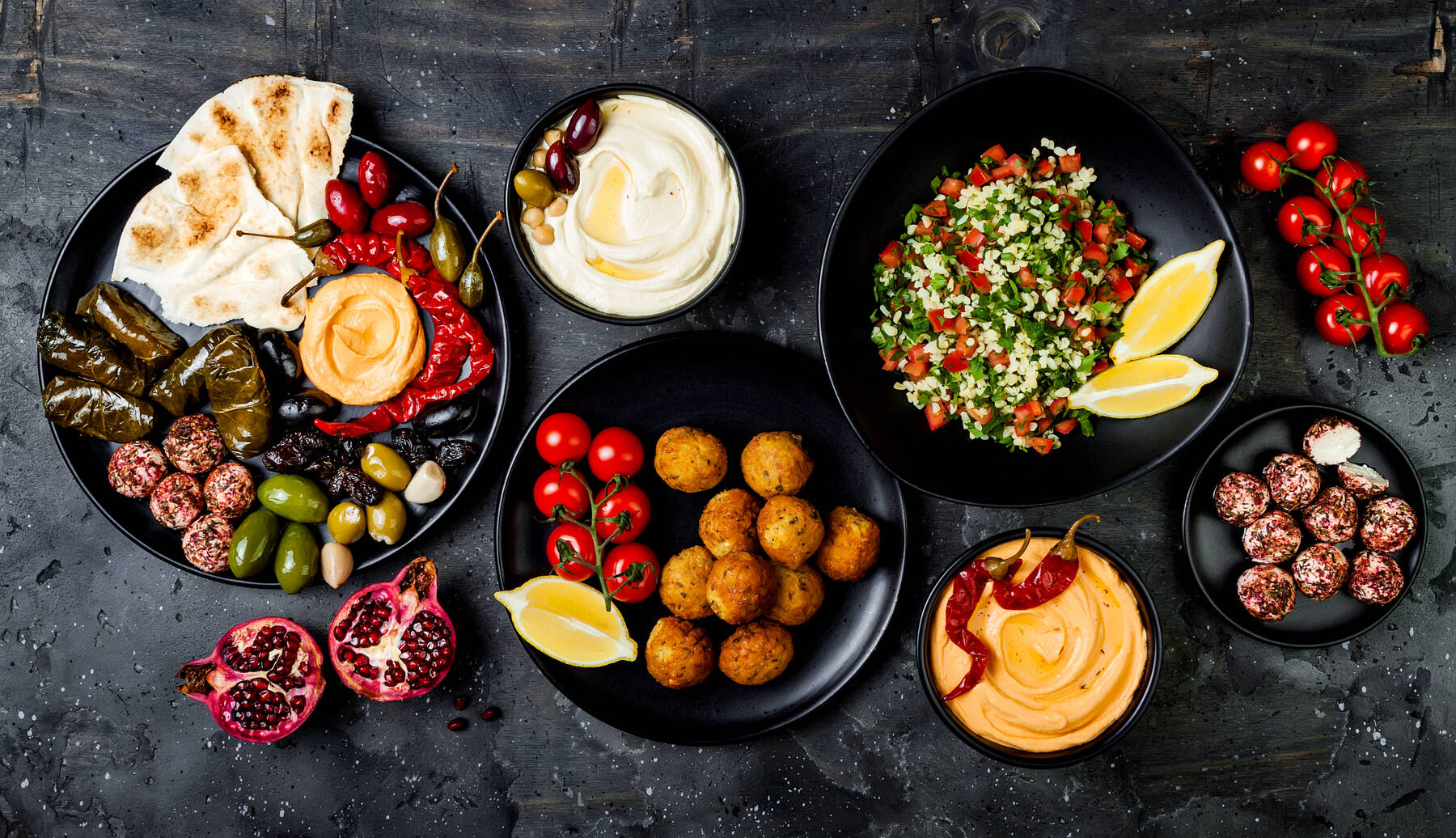
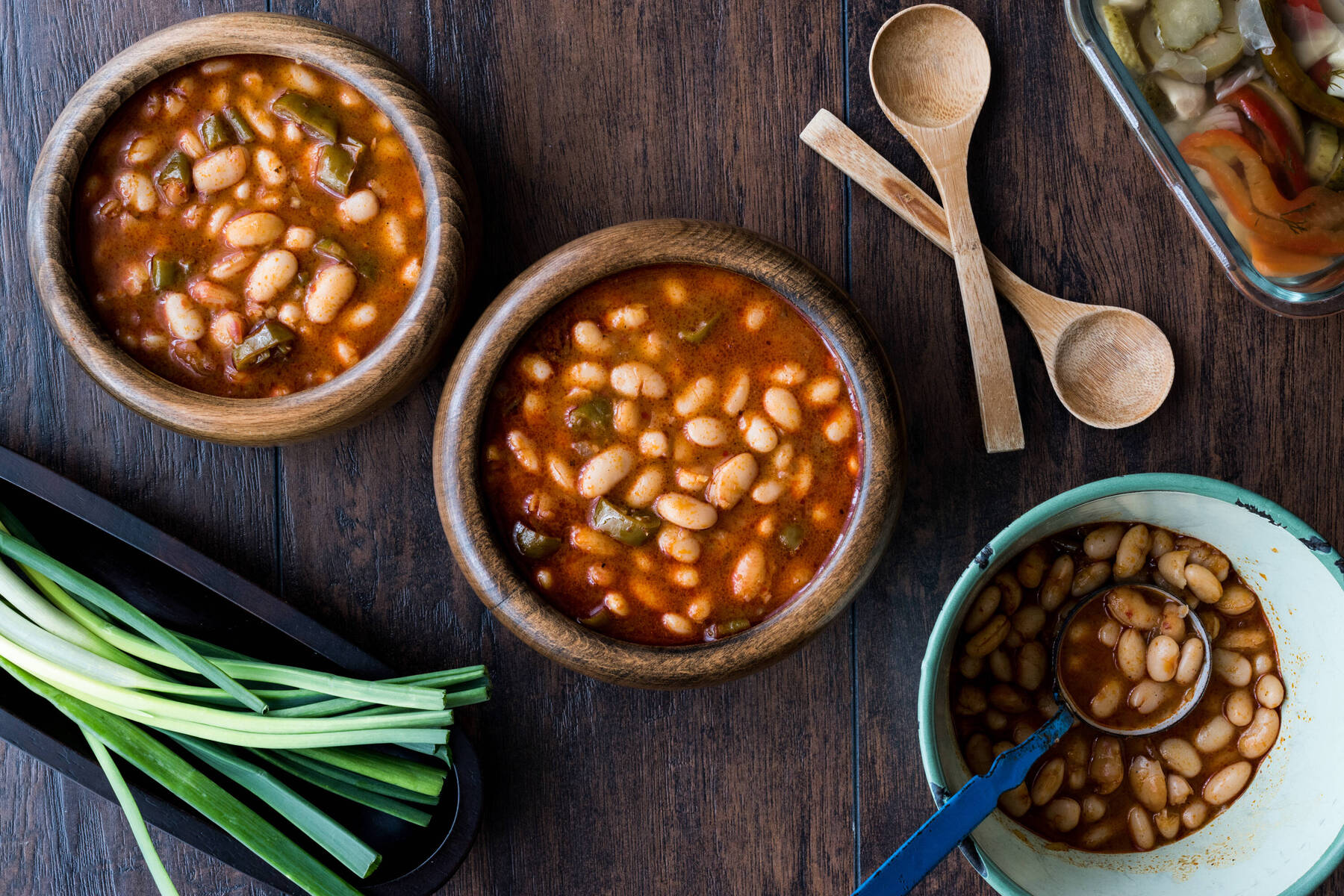


















Comments